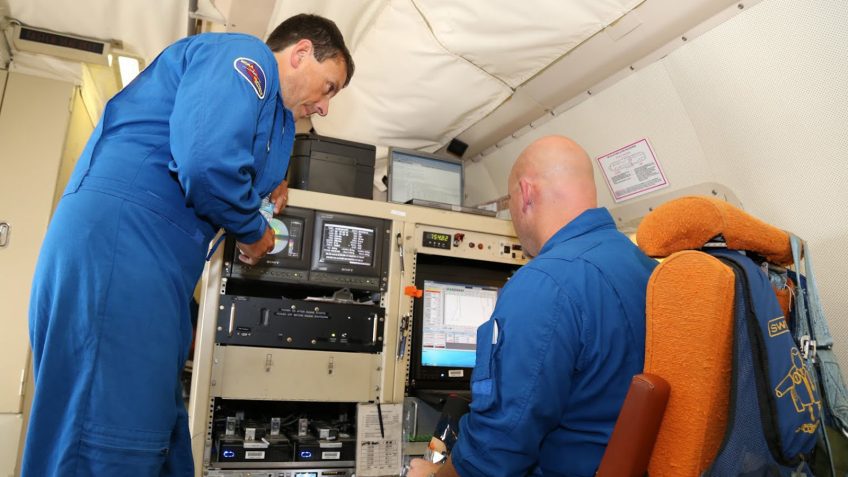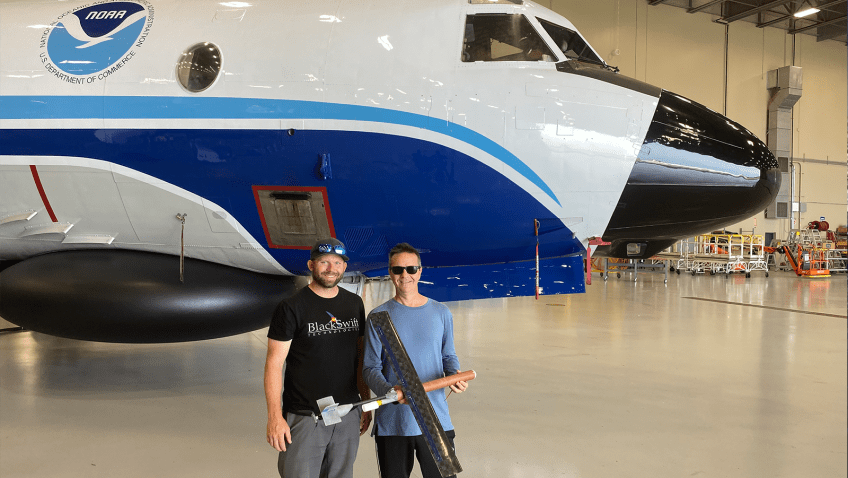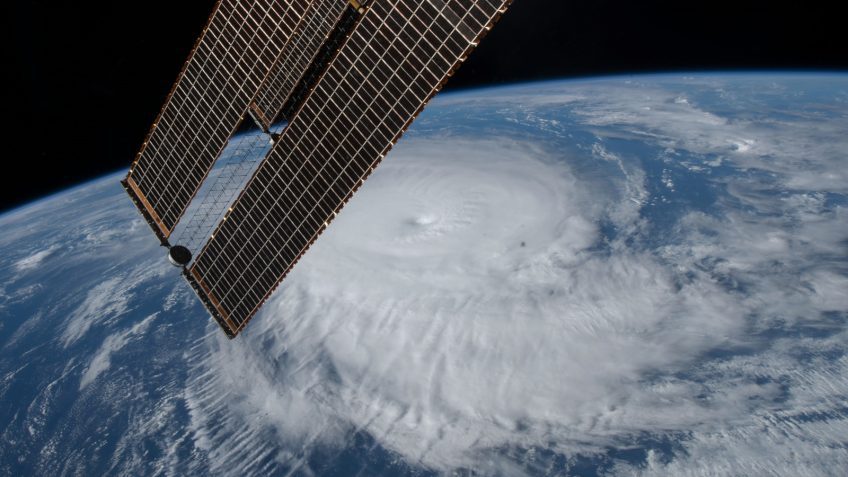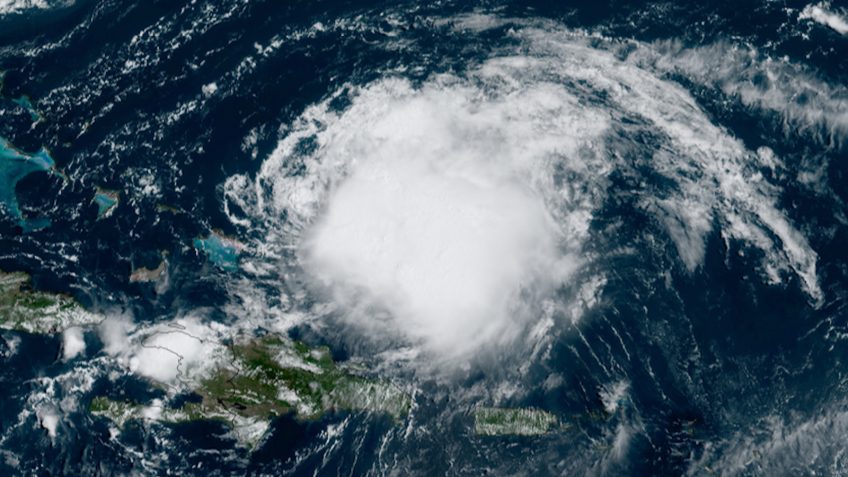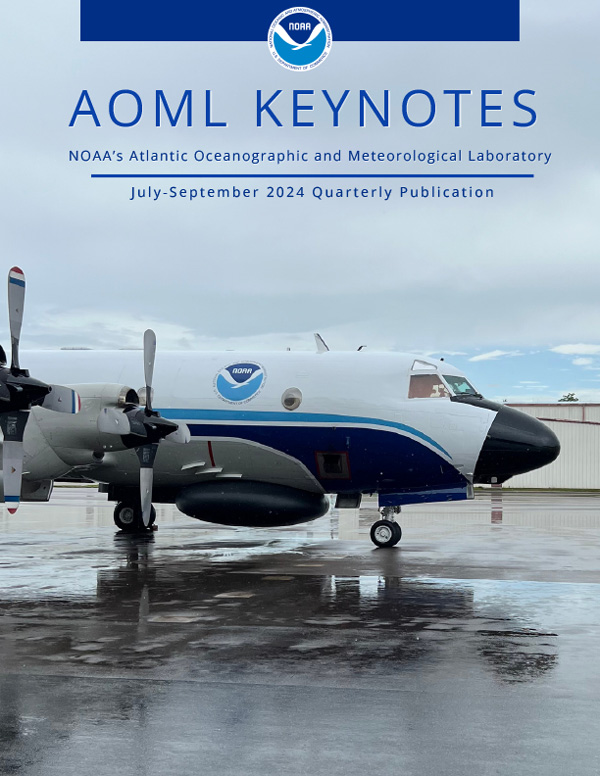AOML scientists prepare for an active 2025 hurricane season
The 2025 Atlantic hurricane season started on June 1 and runs through November 30. NOAA predicts a 30% chance of a near-normal season, a 60% chance of an above-normal season, and a 10% chance of a below-normal season in the Atlantic basin this year: NOAA’s Atlantic Oceanographic and Meteorological Laboratory (AOML) will work with partners […]

